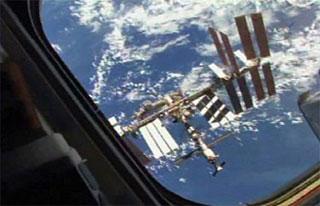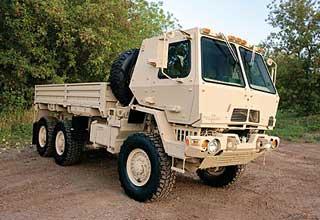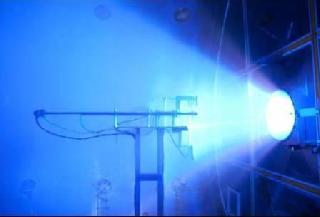
A file photo.
MOSCOW (BNS): Russian and German cosmonauts have successfully completed Kontur scientific experiment onboard the International Space Station (ISS).
The purpose of the experiment was to study and develop methods for safe control of remote robotic devices (RRD) via the public networks with regard to the unpredictable time delays characteristic of such networks.
ROKVISS hardware was used to carry out this experiment. It was developed by German Space Agency DLR and delivered to the ISS in 2003, as reported by the Russian federal space agency, Roscosmos.
Specialists from RSC Energia, TsNII of Robotics and Engineering Cybernetics and German Institute of Robotics and Mechatronics (DLR-RM) participated in this scientific experiment.
On Nov 15, 2010, during EVA (extra vehicular activity), cosmonauts Fedor Yurchikhin and Oleg Skripochka removed Kontur and Expose-R scientific experiments. The Kontur experiment studied remote object control capability for robotic arms and the Expose-R experiment is a European Space Agency experiment designed to expose organic material to the extreme environment of space.
During the spacewalk, Yurchikhin and Skripochka also installed a portable multipurpose workstation on the Zvezda service module and installed handrail extensions between the Poisk Module and both Zvezda and Zarya modules.
They performed an experiment called Test, which is aimed at verifying the existence of micro organisms or contamination underneath insulation on the Russian segment of the ISS.
Yurchikhin and Skripochka removed a television camera from the Rassvet module; however they were not able to relocate the camera due to interference with insulation where it was to be installed.
 Previous Article
Previous Article Next Article
Next Article












The Indian Air Force, in its flight trials evaluation report submitted before the Defence Ministry l..
view articleAn insight into the Medium Multi-Role Combat Aircraft competition...
view articleSky enthusiasts can now spot the International Space Station (ISS) commanded by Indian-American astr..
view article